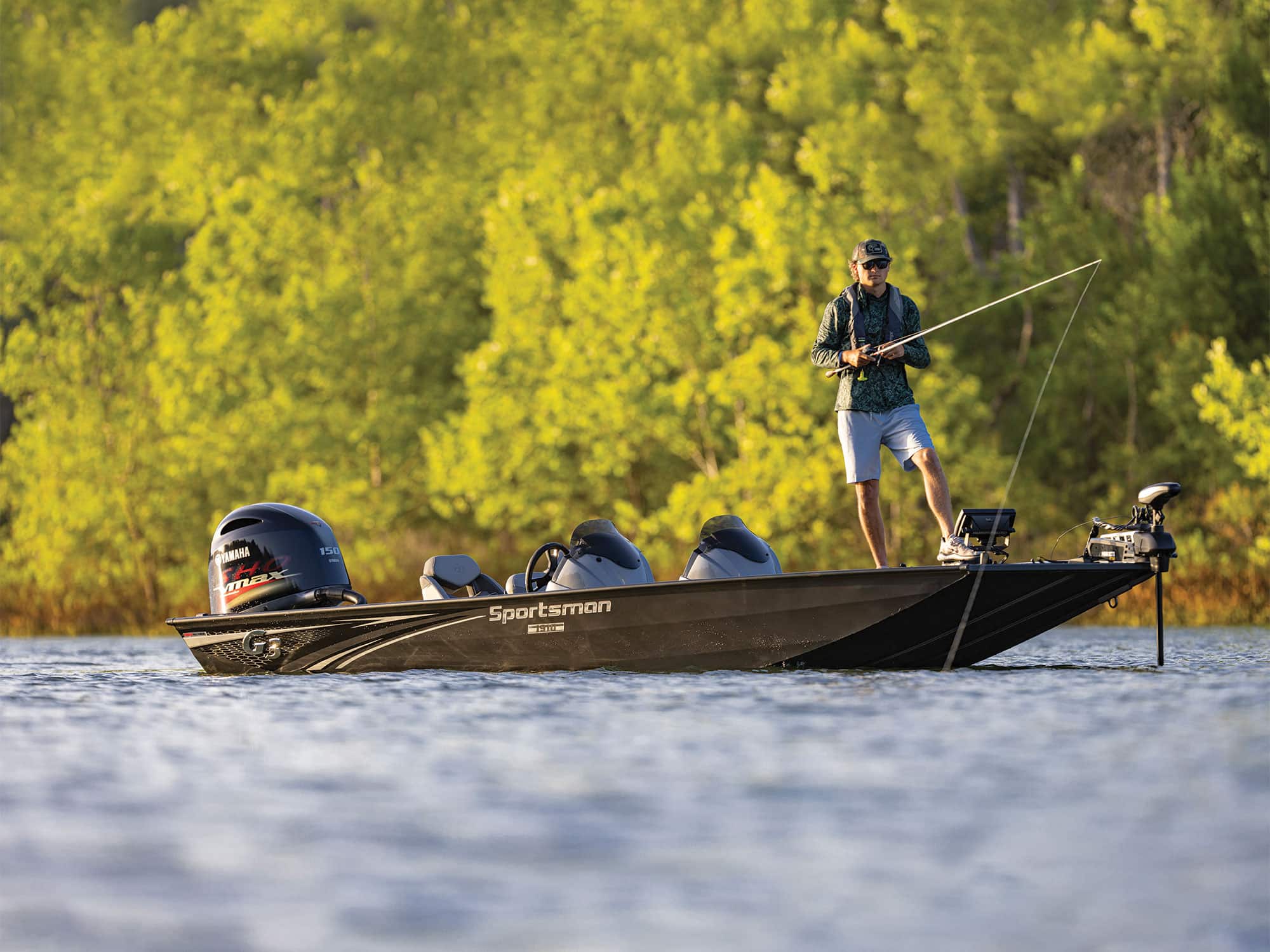Every angler wants to know: where are the fish? The good news is, you likely don’t have to travel far. Most places have fishable freshwater within reach, offering a home to a variety of species. The key to finding them lies in understanding their preferred habitat.
Habitat Matters:
Fish aren’t all created equal. Different species have specific needs when it comes to their environment. Here are some key factors:
- Structure: This refers to variations in the underwater landscape, like rocks, sunken trees, or changes in depth (humps, ledges, drop-offs). Structure provides hiding spots, shade, and ambush points for fish to find food and avoid predators. In lakes and ponds, look for docks, logs, brush piles, or weed beds near the shore. Rivers and streams offer similar havens in the form of islands, sandbars, rock piles, or log jams.
- Water Chemistry:
- Salinity: Some fish, like trout, can’t tolerate much salt, while others, like striped bass, can adapt to both fresh and saltwater.
- Oxygen Levels: Fish need oxygen to survive. Plants and moving water add oxygen, while decomposition and pollution reduce it. Warmer water holds less oxygen than cold water, so this is another factor to consider.
- Temperature: Each fish species has a preferred temperature range. For example, catfish can handle warmer water, while trout and salmon thrive in cooler environments. A water thermometer can be a helpful tool for serious anglers.
- Food Source: The type and abundance of food in a water body influences the fish that live there. Sunfish favor shallow areas with small prey, while lake trout lurk in deeper, colder water where food may be scarce. Bass might be found attacking prey on the surface, while carp graze along the bottom.

By understanding these habitat preferences, you can significantly increase your chances of finding fish. Look for areas that offer the right combination of structure, water chemistry, temperature, and food for your target species.
Additional Tips:
- Consult local fishing regulations and maps to find suitable fishing spots.
- Pay attention to the time of year. Fish may move to different areas depending on the season.
- Observe the water itself. Look for signs of fish activity, like feeding splashes or emergent insects (potential fish food).
With a little research and observation, you’ll be well on your way to finding freshwater fish and enjoying successful fishing trips!
Image: Game&Fish
Source: DiscoverBoating





